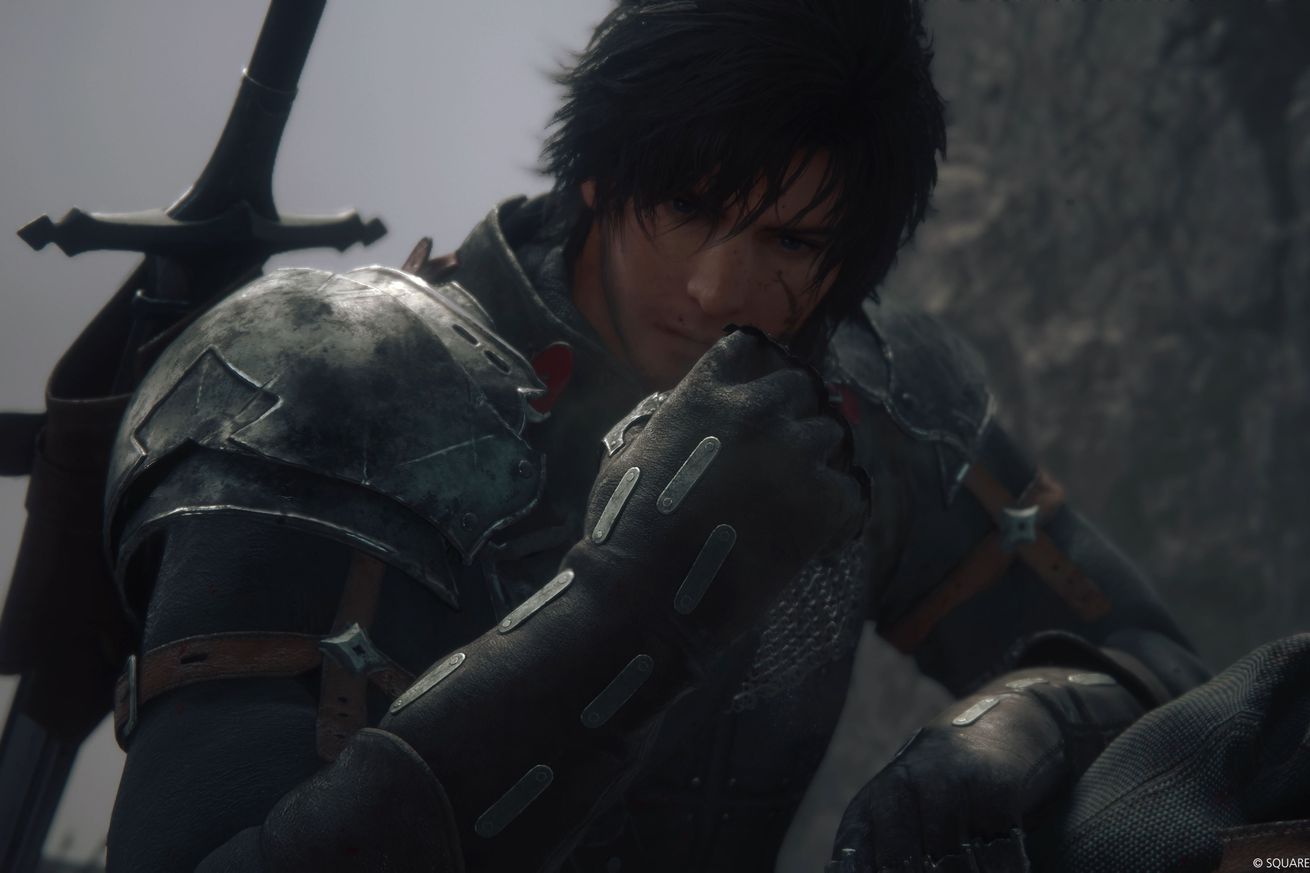
Final Fantasy XVI has a neat trick to help you follow its epic story
I am a person who often struggles with vast, world-spanning fantasy stories. I just can’t keep track of all of the people and places and other proper nouns that make up the world. The result is that I spend a lot of time reading wikis to help me get through things like The Lord of the Rings or The Witcher — but that’s not very helpful in the moment when I’m watching a pivotal scene unfold. But Final Fantasy XVI, which just launched on the PS5, has a helpful tool to make it a whole lot easier to follow its complex tale.
The feature is called Active Time Lore — a nice play on the Active Time Battle combat system of past games — and it’s sort of like the X-Ray tool offered by Amazon Prime Video, only for a video game. It works like this: at any time during a cutscene, you can pause and hit the touchpad, bringing up a web of all the important characters, locations, and events related to the current scene. So if you have no idea who, say, Ramuh is or the importance of The Kingdom of Waloed, you can get a brief refresher.
It looks like this:
This was especially useful during the early hours of the game when characters call each other things like “Dominant” or “Bearer” as if you have any idea what they’re actually talking about. What’s great about it, though, is that it doesn’t take you out of the experience for more than a few seconds. Instead of pulling out my phone to read a wiki (and probably getting distracted by some kind of notification), I can just quickly catch up on things without leaving the game. The speed and seamlessness help keep me immersed in the story while still being able to, you know, understand what the heck is going on.
It may sound small, but it dramatically changed the way I interacted with FFXVI’s narrative. Other games have built-in lore tools and such, of course, but Active Time Lore made me wish other fantasy epics had such a slick way of keeping things straight. The beginning of Final Fantasy XII would’ve been much easier to grasp with this tool, and I probably wouldn’t be rewatching season 2 of The Witcher in anticipation of next week’s premiere if Netflix had something similar.
Related, the newest Final Fantasy also has a very fun twist on the lore bible that has become a standard feature in these kinds of games. Instead of being another part of the main menu, the bible is instead a character of sorts. In the game, you spend a lot of time at a hideaway that serves as a home base, complete with a restaurant charmingly called the Fat Chocobo. Inside, you’ll find a man named Harpocrates who is recording the world’s history in a book called The Thousand Tomes. Every time Clive, the protagonist, speaks to him, he regales Harpocrates with his latest adventures, and the historian, in turn, records all of that in his book. Instead of just a list of beasts and people and places, it feels like a living document you have a part in creating.
Put these two things together, and I’m finding myself invested in Final Fantasy XVI in a way that’s unusual for me. I usually love the characters and battles and worlds of these games, but now, I’m actually digging into the lore and history in a way that feels completely natural.

